May 17, 2025 | 10:51 GMT +7
May 17, 2025 | 10:51 GMT +7
Hotline: 0913.378.918
May 17, 2025 | 10:51 GMT +7
Hotline: 0913.378.918
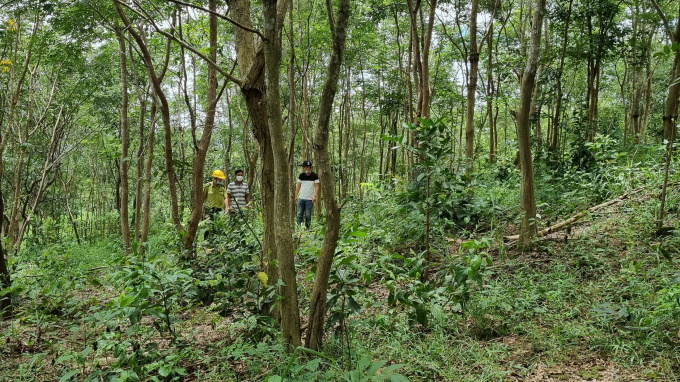
The carbon trade market will be the driving force for people to participate in forest protection and development. Photo: Hoang Anh.
There have been 80 countries and territories up to date adopted or planned to adopt a carbon pricing instrument, with a total amount of commercially available greenhouse gas equivalent to 12 billion tons of CO2, accounting for approximately 22.3% of total global greenhouse gas emissions.
According to experts’ calculations, the worth of the commercial carbon market in 2029 will be up to USD 45 billion, holding many opportunities for development as well as opening up a great commercial potential for low-emission countries which include Vietnam.
The guiding map for the development of the domestic carbon market and the implementation of domestic and international credit trade projects are the main contents of the draft Decree “Regulations on greenhouse gas emissions mitigation and ozone layer protection” under the Law on Environmental Protection which is being developed by the Ministry of Natural Resources and Environment (MONRE).
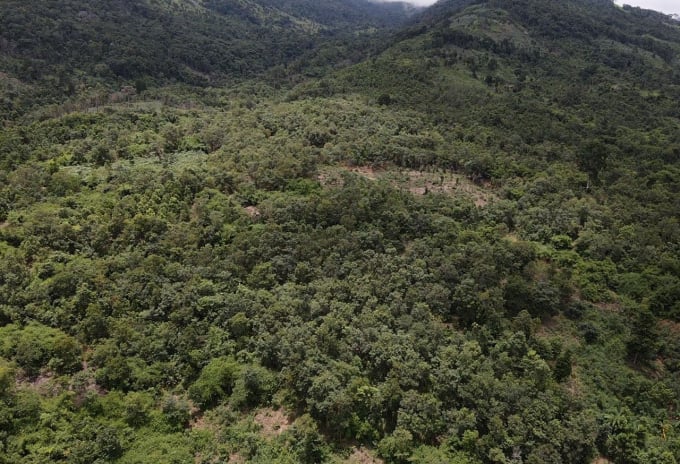
Forests may potentially gain more benefits when the domestic carbon market starts operating in 2028. Photo: Hoang Anh.
The draft defines the 2021-2025 period as the stage of preparation. This will be the time to research regulations concerning the construction of the carbon market, implementation and capacity improvement for stakeholders in carbon credit trade programs. The total greenhouse gas emission quota allocated to the participating establishments will be thoroughly investigated and determined.
The time from 2025 to 2027 is expected to pilot the domestic carbon market and issue regulations on emission trading and the financial responsibility of stakeholders. The market will officially operate in 2028.
Mr. Tang The Cuong, Director of the Department of Climate Change (MONRE), said that the mechanism of the carbon credit trade market is considered one of the most important tools - leverage for greenhouse gas emissions mitigation.
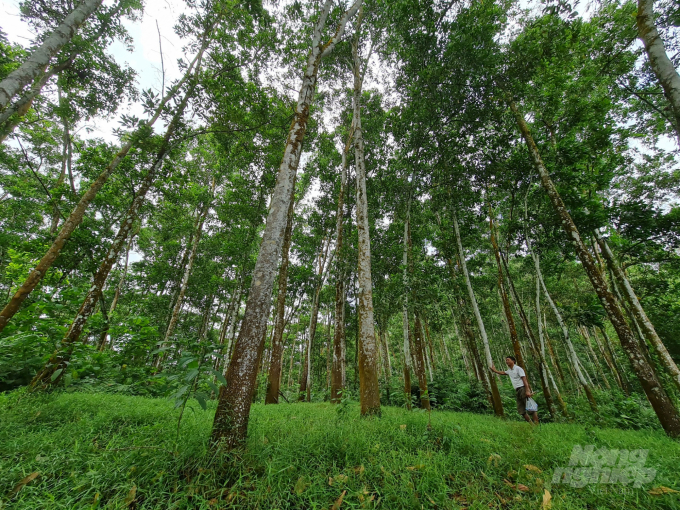
Conserving forests means benefits in many aspects. Photo: Hoang Anh.
In the National Science and Technology Topic "Research to propose a carbon market model in Vietnam", under the Program "Science and technology in response to climate change and management of natural resources and environment in the 2016 - 2020 period", scientists have pointed out the basic principle of the carbon credit trade market: the major emitter will pay a fee to receive more credits and emission quotas to achieve the mitigation goals.
The government is the national-level seller which has the tasks of allocating or selling emission quotas expressed in the form of credits and permits to emit a certain amount of carbon in a period of time.
Emitters (the buyer) only have emission rights equivalent to the number of credits or permits in possession. Emission enterprises having the intention to increase the emission volume (correspondingly the production volume) will have to purchase credits from those wishing to resell.
Parties with the ability to effectively reduce emissions will have more motivation to realize the reduction and thereby boost the investment in clean and low-emission technologies. This is the type of market that Vietnam is aiming for.
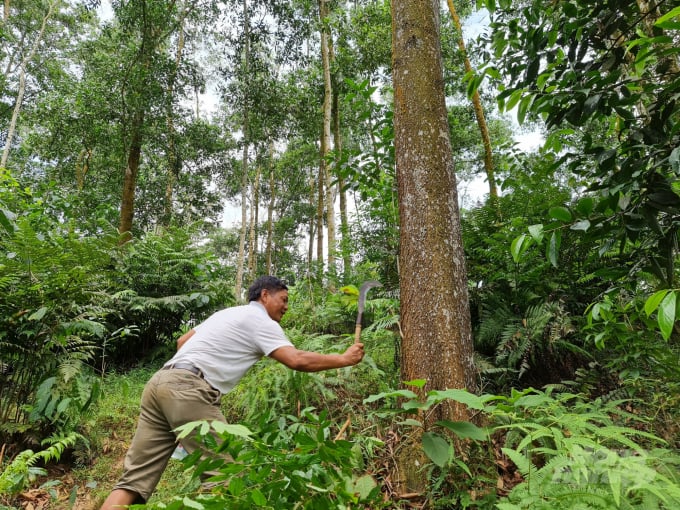
Local citizens participating in protecting natural forests and expanding plantation-forest areas. Photo: Hoang Anh.
The National Programme on Reducing Emissions from Deforestation and Forest Degradation, Conserving and Enhancing Carbon stocks, Sustainably Managing Forest resources (REDD+) had been approved by the Government of Vietnam since 2017. The international community as well as many countries and partners considered this an important and effective strategy in the fight against the impacts of climate change.
The payment mechanism for forest environmental services over the past 10 years has demonstrated both Vietnam’s potential and commitment in moving towards a domestic carbon market mechanism with forest carbon being the most important product.
REDD+ identifies the 2021-2030 goals:
- Stabilize the natural forest area by 2030 at least equal to the area achieved in 2020 (14.4 million ha) and increase the national forest coverage to 45%, contributing to the achievement of the national target of a 9% reduction in total greenhouse gas emissions by 2030 compared to the development-as-usual scenario as committed in the Paris Agreement on climate change. The contribution could increase to 27% when receiving international support.
- Expand highly effective models of REDD+ and integrate them into the sustainable forestry development program.
- Improve policies, legislation, action frameworks of the REDD+ program and get access to results-based financing sources in line with international requirements.
Vietnam still however faces many difficulties in defining carbon rights and the carbon rights transfer system, and emission reduction certificate. Financial management mechanisms and benefit-sharing from the emission reduction revenue also pose a matter of great concern.
In order to overcome these challenges, the Ministry of Agriculture and Rural Development and the Vietnam Forest Protection Fund has recently asked the International Union of Forest Research Organizations (IUFRO) for support in terms of experience.
World experts recommended Vietnam prioritize developing a voluntary carbon market and at the same time consider two models of carbon goods, namely emission quotas and carbon offsets. These two types of goods have a large number of potential buyers both in domestic and foreign markets.
Starting from Quang Nam
Quang Nam province is the first locality assigned by the Government to pilot the implementation of the forest carbon credits exportation project (for the 2021 - 2025 period).
To be more specific, in 2021, 1.2 million tons of CO2 will be sold (equivalent to 1.2 million credits), by 2025 0.8 million tons of CO2 will be sold every year on average, then increase the number to 1.2 million tons of CO2.
The lowest selling price is estimated at USD 5 for a ton of CO2. The expected revenue for the provincial budget is approximately VND 130 billion/year, which is nearly VND 100 billion higher than the current revenue from forest environmental services (2 - 2.5 times higher than the forest industry’s investment budget).
Quang Nam People's Committee hopes that the forest carbon trading mechanism will help the province keep the existing natural forest of 466,113 ha and progress to increase coverage and reduce emissions from forests. An extremely important benefit is that the locality will gain more budget revenue while the proceeds from the sale of forest carbon credits can be an effective way to increase people’s income.
Thuc An
Translated by Samuel Pham
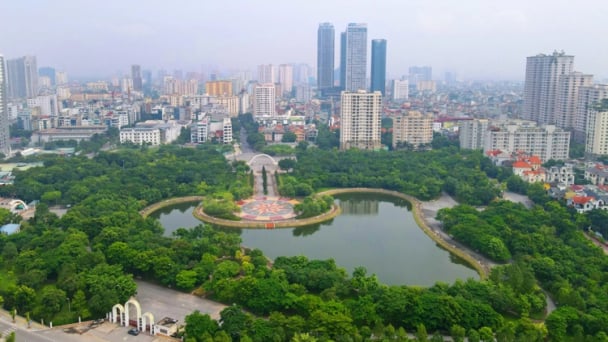
(VAN) Hanoi People's Committee has issued a plan on reducing greenhouse gas emissions in the waste management sector with 2030 vision.
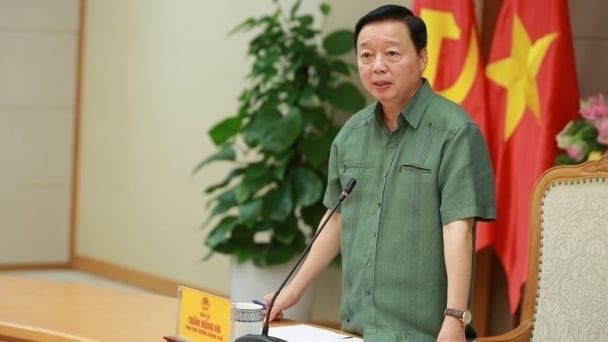
(VAN) Vietnam's draft amendment to Decree No. 156 proposes a mechanism for medicinal herb farming under forest canopies, linking economic development to population retention and the sustainable protection and development of forests.
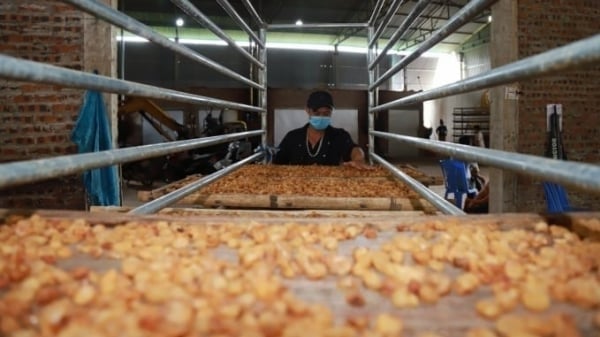
(VAN) In reality, many craft village models combined with tourism in Son La have proven effective, bringing significant economic benefits to rural communities.

(VAN) The international conference titled Carbon Market: International experiences and recommendations for Vietnam was successfully held recently in Ho Chi Minh City.
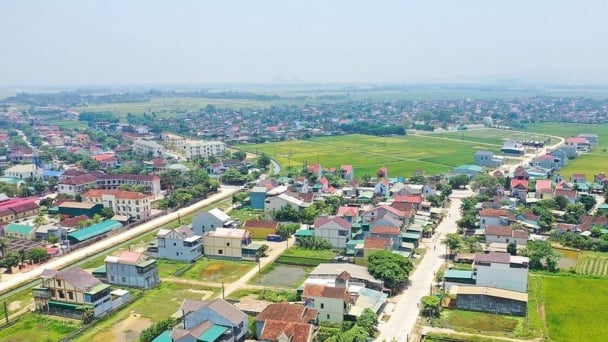
(VAN) According to the Project on rearranging provincial and communal administrative units, in 2025, the country will have 34 provinces/cities, 3,321 communes, wards, and special zones, and no district-level organization.
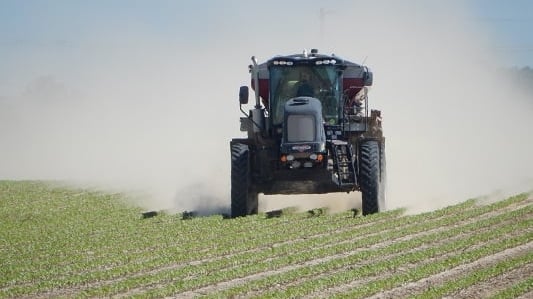
(VAN) The vice president of fertilizer with Stone X Group says the Trump administration’s tariffs are impacting fertilizer markets.
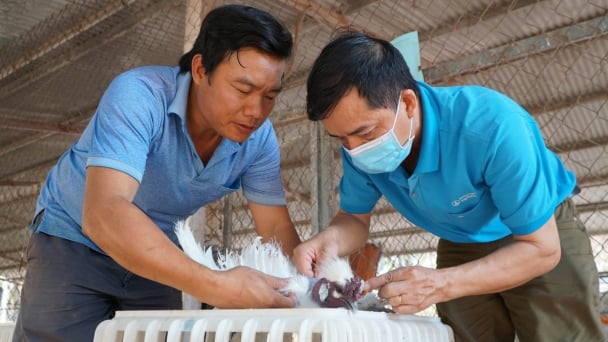
(VAN) Resolution 57 offers Vietnam a significant opportunity to narrow the global genetic technology disparity and convert its extensive genetic resources into commercial advantages.